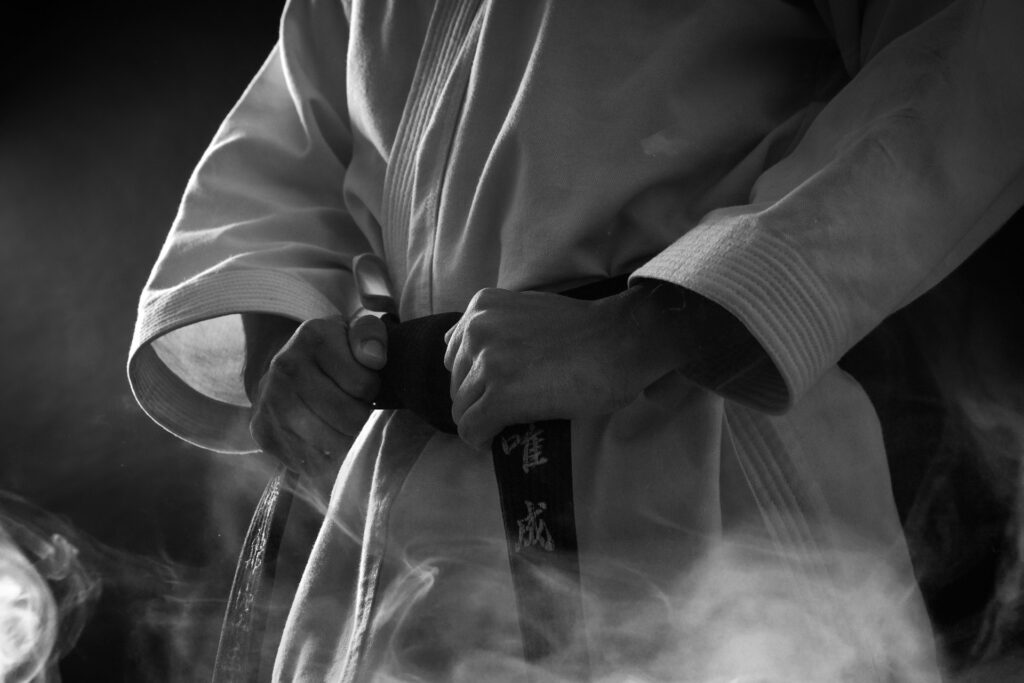Martial arts have shaped cultures and athletic practices around the world. Judo and Brazilian Jiu-Jitsu (BJJ) are perfect examples of this. Both share roots in traditional Japanese martial arts, yet they developed into distinct systems with different techniques, objectives, and training approaches.
Here are the differences between Judo and Jiu-jitsu, which highlight how each discipline trains the body and mind in unique ways.
Origins and Philosophy
Judo was founded in Japan in the late 19th century by Jigoro Kano. He adapted techniques from classical jujutsu schools, removing more dangerous moves to make the art suitable for practice and education.
The philosophy of Judo emphasizes efficiency of movement and mutual respect. It became a sport recognized worldwide, even earning a place in the Olympic Games.

On the other hand, Jiu-Jitsu traces back to Judo through Mitsuyo Maeda, a Japanese judoka who introduced the art to Brazil. The Gracie family further developed it into a system that focuses heavily on ground control, submissions, and practical application in self-defense.
Unlike Judo’s sporting emphasis on throws, BJJ is centered on gaining dominant positions and finishing fights without striking.
Focus of Training
In a Judo dojo, training often begins with standing techniques, supported by drills that sharpen footwork and balance.
A large portion of practice is devoted to learning how to fall safely, known as ukemi, which prevents injuries when being thrown.
Randori, or free sparring, emphasizes throwing techniques against a resisting partner.
A Jiu-Jitsu class often starts with warm-ups and positional drills, followed by live sparring sessions called rolling.
Since ground fighting is the heart of BJJ, students spend considerable time working on transitions between positions.
The rolling format allows practitioners to apply submissions against resisting opponents, creating a learning environment that reflects real combat scenarios.
Competition Style
Judo thrives as a competitive sport, which makes it exciting to watch, especially at the Olympic level. In judo tournaments, throwing an opponent cleanly onto the mat often ends the match immediately.
Points are awarded for the quality of the throw, while pins and submissions can also secure victory, but throws dominate the scoring system.
Judo gym in Imus Scoring:
- Ippon – awarded for a perfect throw, a 20-second pin, or a successful submission with a choke or joint lock; it brings the contest to an immediate finish.
- Waza-ari – given for a strong but incomplete throw, or a pin held for 10–19 seconds; two waza-ari equal an ippon and end the match.
In Jiu-Jitsu competitions, athletes aim to control their opponents and secure submissions. Judges award points for advancing positions, such as passing the guard or mounting.
Matches often conclude with a submission hold rather than a throw. The absence of emphasis on standing throws makes the flow of a BJJ match distinct from Judo.
BJJ gym Imus Scoring:
- Takedown – 2 points
- Guard Pass – 3 points
- Knee on Belly – 2 points
- Mount or Back Mount – 4 points
- Sweep or Reversal – 2 points
Cultural Influence and Modern Training
Judo’s spread across the globe positioned it as a martial art that promotes discipline, respect, and athletic development.
Its guiding principle of “maximum efficiency with minimum effort” reaches beyond the mat, turning it into an educational practice embraced by schools and institutions.
Jiu-Jitsu, meanwhile, carries a culture of experimentation and open sparring. Its belt system and ranking progression reward consistent practice and innovation.
Students often develop individual styles within BJJ, creating a dynamic community that thrives on shared learning.
Which Martial Art to Choose?
Deciding between the two depends on personal objectives. Those who enjoy the challenge of perfecting powerful throws and competing under a structured Olympic sport may find Judo the ideal fit.
Conversely, those who prefer strategy, patience, and prolonged ground engagements often choose Jiu-Jitsu. Moreover, either martial art leads to physical development as well as a deeper understanding of discipline and respect.
If you want to train in both Judo and Brazilian Jiu-Jitsu, Titans – Sports and Functional Gym in Imus, Cavite, is the ideal place to begin.
Our gym is recognized for offering premier martial arts programs, including Judo and BJJ, with expert instructors guiding every session. With a supportive community and modern facilities, you can grow stronger and more skilled.
Explore Titans’ diverse combat sports programs and take your training further. Visit Titans today and secure your spot on the mat!
